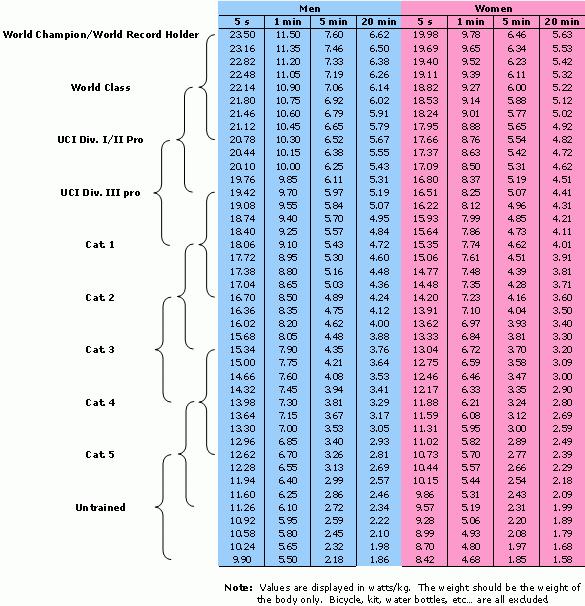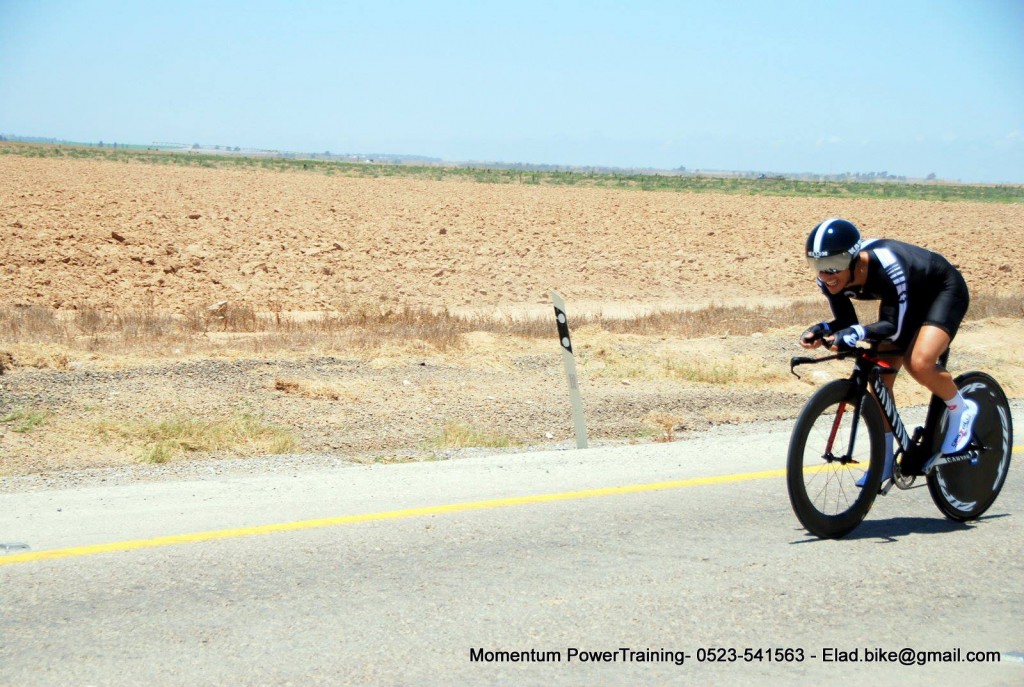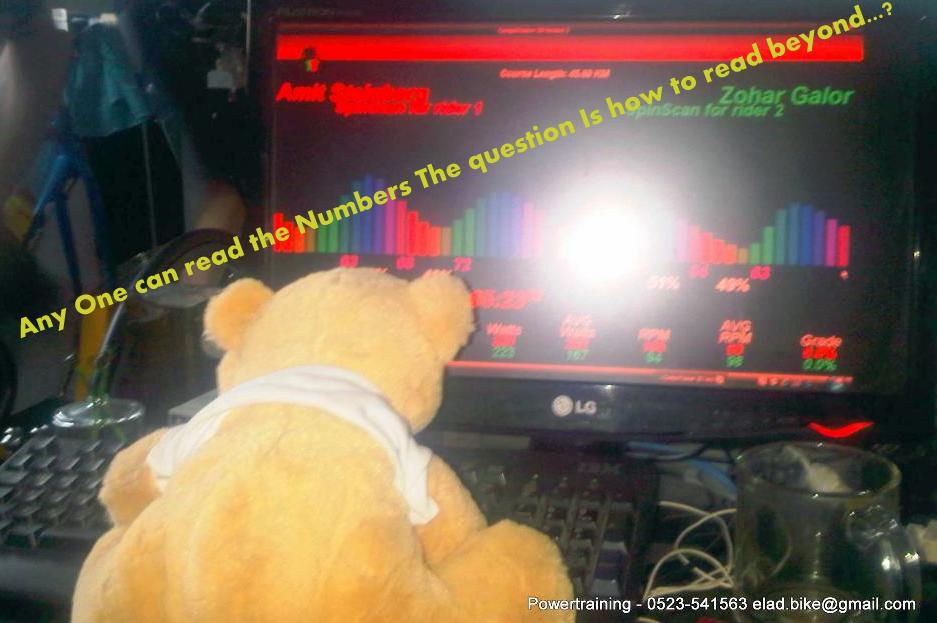“The best tests are those that are made outside of the laboratory, constructed by qualified physiologists
Who understand the specific sport and its requirements”. Paulo Saldnaha 2010.
“At the Montreal Olympic (1976), Australia did not win a single medal, in the attempt to change this situation, the Australian government established a national system of state based sport institutes.
The Barcelona Olympisc (1996) saw Australia place ninth among all nations. Part of this success can be traced to the standardized testing procedures that were developed at the national sport institutes…”
(Physiological Tests For Elite Athletes- Australian Sport Commission).
So… You want to ride in the Pro Tour?
What steps should you take to achieve this?
First of all – You need to create a criteria that will build you up towards your goal.
The following are some examples of criteria for riding at the top level of cycling:
Yehuda Gershoni a former pro cyclist. He advises to able to ride on a road bike for 25 to 26 minutes for 20 kilometers.
Watt per Kilo – As published in the book “Training and Racing with Power Meters” , Hunter Allen and Andrew Coggan, 2006
The criteria of Gershoni is an excellent indicator (clear, simple and easy to carry out).
It relies on a flat course, ten kilometers out in one direction and ten kilometers back on the same course.
Regular simple Bike with training wheels – No TT or “NASA” Machine – Keep it Simple !
Other criteria (less simple than Gershoni) can be explained in the following video:
Go to the minute 4:00 of the film and see how fast the cyclists climb the hill in this race.
This video is of a Pro Tour race held in Montreal, Canada in 2012 called the Prix Cycliste de Montreal – Kermis 12.1km x 17 Laps = 205.7 km. There are 229 meters of climbing in every lap (3893 meters total climbing). The main hill is called the Camillian Houde and is 1.8 kilometers with a slope average of 8%.
In the summer of 2010, as an amateur rider rated 4 watts per kilo (20 min) my best time on this hill was 6 minutes (with my 8.5 Kilo bikes and and 12~% fat).
During the 2012 race, the last lap had many attacks (after 200 kilometers) the riders climbed the hill in 4 minutes, and have been known to do it even faster at 3:30 (at 2010 race…). It appears that a clean professional rider without drafting would need at least 4:30 minutes to climb the hill minimum. (I am not trying to imply anything about the cyclists who participated in those races…!)
Rate of 4 minutes (the Vam formula Ferrari) – 2115 meters at (2km slope 8%).
Rate of 3.5 (the Vam formula Ferrari – 2417 meters at (2km slope 8%).
It is possible to measure the speed of climbing on any other Pro Tour race that is broadcast on the television?
For more reading about Vam – here
So can Base long Endurance Training (“Riding a lot”) improve your 3:30 min maximal effort ?
Maybe. “Ride A lot” means 3:30 interval that you should do 10-17 times, to improve your racing fitness to your max .
(Same reps as in the Montreal’s race).
Is it at all possible to believe the training’s research that was conducted during the Doping Era is Effective?
Probably it is. When you want to boost your training regime with many an-aerobic and Vo2Max Intervals, day after day, without getting into great fatigue or overtraining….yep, you need your Hematocrit to stay high….(read Article number 3).
Good question is: ” What is the application of the old training methods which were based on doping”?
The secret of future progress at the highest levels in terms of endurance is:
A mix of intensity training, to learn to be more efficient
on the bike (same power- more speed) and to boost the blood cells.
Through high altitude training without the use of drugs or other illegal acts.
To look for New recovery Methods.
And…. much more.
This is actually Power Training.
Doesn’t Matter if you Elite or a beginner….Because Racing Is a State of mind, Not Level of fitness.
For further information – contact Us
For The first article – click here
For The second article – click here
For The third article – click here






